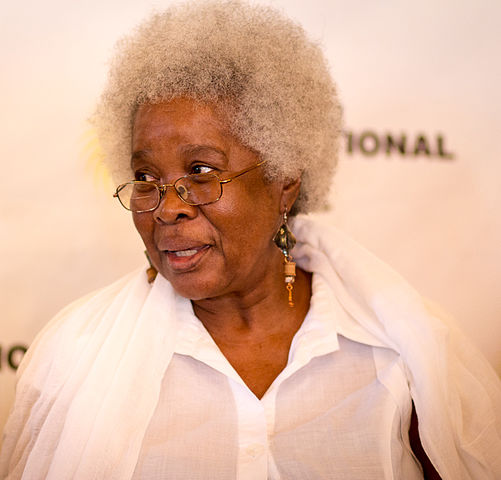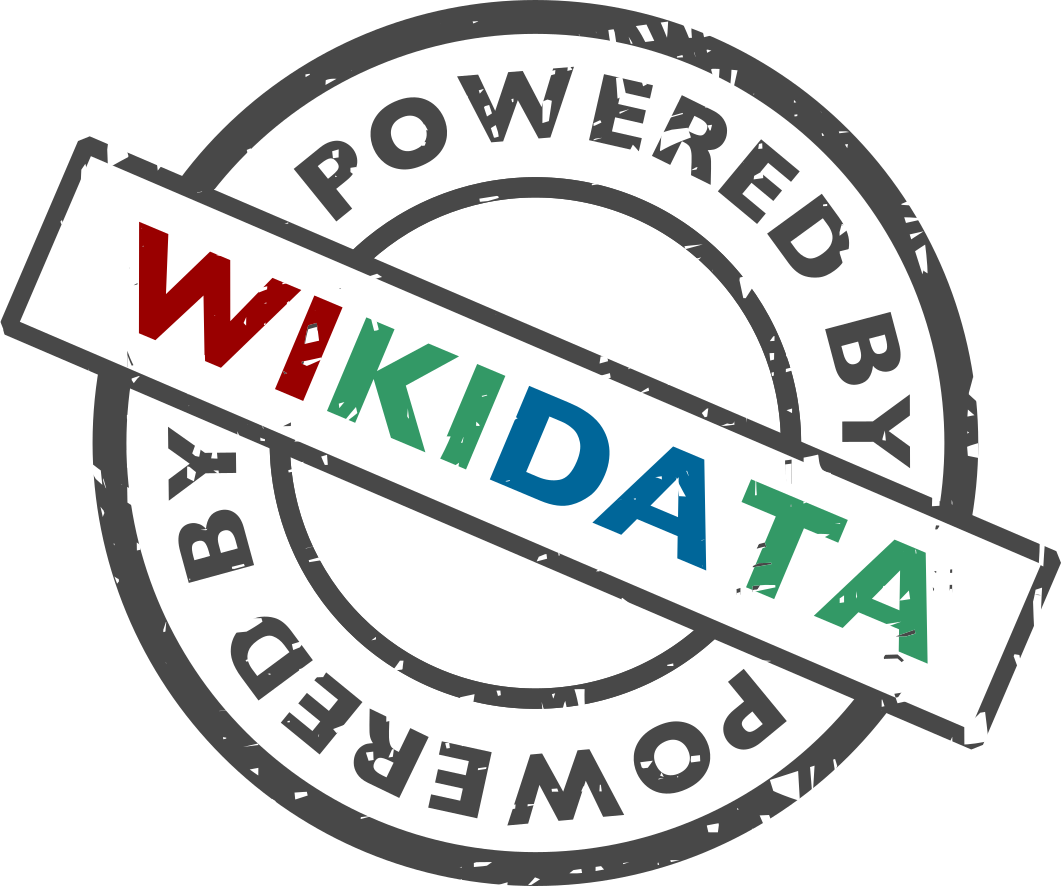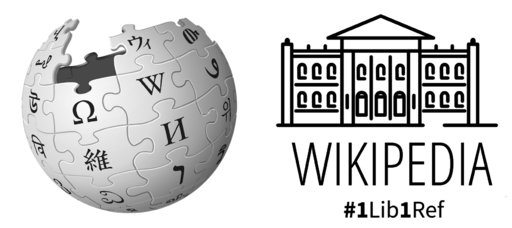Windham-Campbell Prizes
The Windham-Capbell Prizes are awarded in Fiction, Nonfiction, Drama and Poetry. This year 8 awards were made.

Erna Brodber, Andre Alexis, Marina Carr, Carolyn Forche, Ali Cobby Eckermann, Ike Holter, Maya Jasanoff, Ashleigh Young are the 2017 recipients of Windham-Campbell Prizes.
For each recipient who already had an item in Wikidata I added a statement using property P166 “award received” to connect them to the prize.
I was then able to write queries about the set of prize recipients.
- Who are all the winners of the Windham-Campbell Prizes in history? Try the query here on the Wikidata Query Service.
- How many recipients do we have images for in Wikimedia Commons? Try the query here on the Wikidata Query Service.
- Return a list of all winners of the Windham-Campbell Prize along with the geocoordinates of their birthplaces. Try the query here on the Wikidata Query Service.
- Return a list of winners with their DOBs and plot it on a timeline. Try the query here on the Wikidata Query Service.
- Winners of the Windham-Campbell Prize listed with all other awards received. Try the query here on the Wikidata Query Service.
I think this is a helpful example of how library bibliographic metadata could further enhance Wikidata. I would like to be able to see the metadata for each of the works created by these authors, but this data is not yet in Wikidata. Imagine what we could build for library users- or what library users could build themselves- if we could also provide bibliographic metadata from Wikidata!





